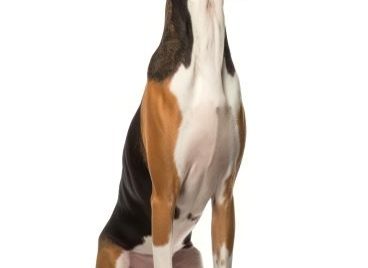Neapolitan Mastiff Traits & Characteristics
Hello fellow large dog breed enthusiasts! Today, I want to introduce you to a unique breed, the Neapolitan Mastiff. As a fellow admirer of large dogs, I’ll let you in on everything you need to know about this intriguing breed.
Introduction
About the Neapolitan Mastiff
Let’s start with a brief introduction, shall we? The Neapolitan Mastiff, or Mastino Napoletano in its homeland Italy, is a large and powerful dog, renowned for its protective instincts and calm demeanor.
History of the breed
Its origin traces back to ancient times, where they were bred for war and used as Roman army dogs.
Purpose of the breed
Today, they are mostly kept as family pets and guard dogs, their intimidating size belying their gentle nature.
Physical Characteristics
Size
Moving on to their physical traits, these are colossal dogs! Adult males typically weigh between 130-150 pounds, while females are slightly lighter.
Coat & Colors
They have a short, dense coat that comes in a variety of colors including gray (blue), black, mahogany, and tawny.
Body & Structure
Their body is heavily muscled and their unique wrinkled face, with deep-set eyes, is their defining feature.
Temperament
Protective Instincts
When it comes to their temperament, they are extremely protective of their family and territory.
Interactions with Humans
They’re generally calm and quiet but can show a different side of their character when they sense a threat.
Behaviour with Other Dogs
With other dogs, they can be a bit aloof, so early socialization is crucial.
Training Needs
Early Training Needs
Training a Neapolitan Mastiff is not a walk in the park, mind you! Due to their size and protective nature, early training is crucial.
Socialization
Socializing them early can help to prevent aggressive behavior in the future.
Obedience Training
Obedience training, using positive reinforcement methods, can go a long way in managing their protective instincts.
Health and Care
Common Health Issues
Like many large breeds, Neapolitan Mastiffs are prone to certain health issues like hip dysplasia, heart problems, and bloat.
Grooming Needs
Their grooming needs are minimal but do not forget to clean those adorable wrinkles to prevent infection!
Feeding Guide
The Neapolitan Mastiff’s diet should be high in quality protein with a moderate amount of carbohydrates.
Is Neapolitan Mastiff Right for You?
Housing Needs
They require space, both inside and outside, so a small apartment might not be the best environment for them.
Exercise Requirements
Though not as energetic as some breeds, they do need regular, moderate exercise to keep them fit and healthy.
Family Compatibility
Despite their size and protective instincts, they are generally good with children and can be excellent family pets with the right training and socialization.
Conclusion
In conclusion, the Neapolitan Mastiff is a breed full of surprises. Beneath their imposing exterior lies a gentle giant with a protective heart. They require commitment and care, but in return, they offer loyalty and companionship that is hard to beat. Could this be the breed for you? Only you can answer that!
FAQs
1. Are Neapolitan Mastiffs good family dogs?
Yes, with proper training and socialization, they can be excellent family pets.
2. How much exercise does a Neapolitan Mastiff need?
They require regular, moderate exercise to keep them healthy and fit.
3. Are Neapolitan Mastiffs aggressive?
They can be protective, but with proper training, they are generally calm and gentle.
4. What health issues are common in Neapolitan Mastiffs?
They can be prone to issues like hip dysplasia, heart problems, and bloat.
5. What is the lifespan of a Neapolitan Mastiff?
On average, a healthy Neapolitan Mastiff can live between 8-10 years.




